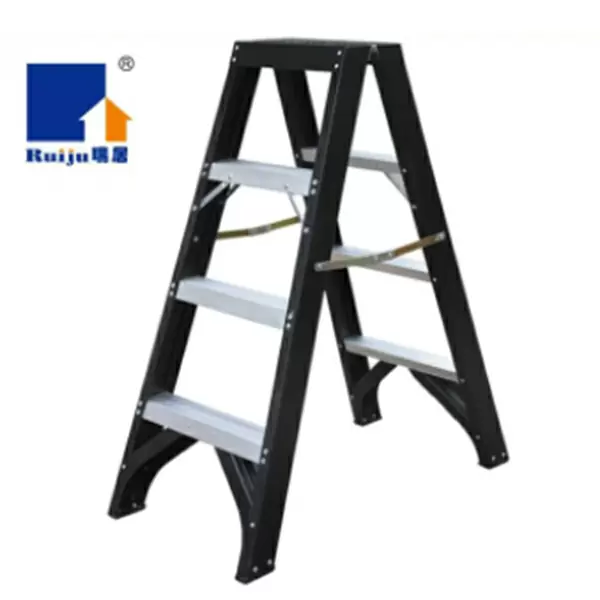
News
 What Are The Benefits And Downsides Of Fibreglass Ladders?2024-04-02
What Are The Benefits And Downsides Of Fibreglass Ladders?2024-04-02 What Are The Benefits And Downsides Of Aluminium Ladders?2024-04-02
What Are The Benefits And Downsides Of Aluminium Ladders?2024-04-02 More Business Opportunities at the 136th Canton Fair2024-09-10
More Business Opportunities at the 136th Canton Fair2024-09-10 Welcome To Visit Our Booth On The 133rd Spring Canton Fair—professional Manufacturer Of Ladders And Scaffolding2024-04-02
Welcome To Visit Our Booth On The 133rd Spring Canton Fair—professional Manufacturer Of Ladders And Scaffolding2024-04-02
No.89 Lane 455 Jiasong Middle Road, Qingpu District, Shanghai, 201708 P.R.China.
+86-21-59798690
The most common injury made by ladder climbers is bruising from falling off a ladder, but bone fractures are common and head injuries are also likely, depending on the nature of the accident.
Ladders can cause injury if they slip on the ground and fall. To avoid this, they tend to have plastic feet or base pads which increase friction with the group. However, if the plastic is badly worn, the aluminium may contact the ground increasing the chance of an accident. Ladder stabilizers are also available to increase the ladder's grip on the ground. One of the first ladder stabilizers or ladder feet was offered in 1936 and today they are standard equipment on most large ladders. A ladder standoff, or stay, is a device fitted to the top of a ladder to hold it away from the wall. This enables the ladder to clear overhanging obstacles, such as the eaves of a roof, and increases the safe working height for a given length of ladder because of the increased separation distance of the two contact points at the top of the ladder.
It has become increasingly common to provide anchor points on buildings to which the top rung of an extension ladder can be attached, especially for activities like window cleaning, especially if a fellow worker is not available for "footing" the ladder. Footing occurs when another worker stands on the lowest rung and so provides much greater stability to the ladder when being used. However footing a ladder should be seen as a last resort for a safe placement. The anchor point is usually a ring cemented into a slot in the brick wall to which the rungs of a ladder can be attached using rope for example, or a carabiner.
If a leaning ladder is placed at the wrong angle, the risk of a fall is greatly increased. The safest angle for a ladder is 75.5°; if it is too shallow, the bottom of the ladder is at risk of sliding, and if it is too steep, the ladder may fall backwards. This angle is achieved by following the 4 to 1 rule for a ladder placed on a vertical wall: for every four feet of vertical height, the ladder foot should move one foot from the wall. Both scenarios can cause significant injury, and are especially important in industries like construction, which require heavy use of ladders.

